What will the office of tomorrow look like?
Our predictions of the hottest new workplace tech and changes coming to an office near you soon.
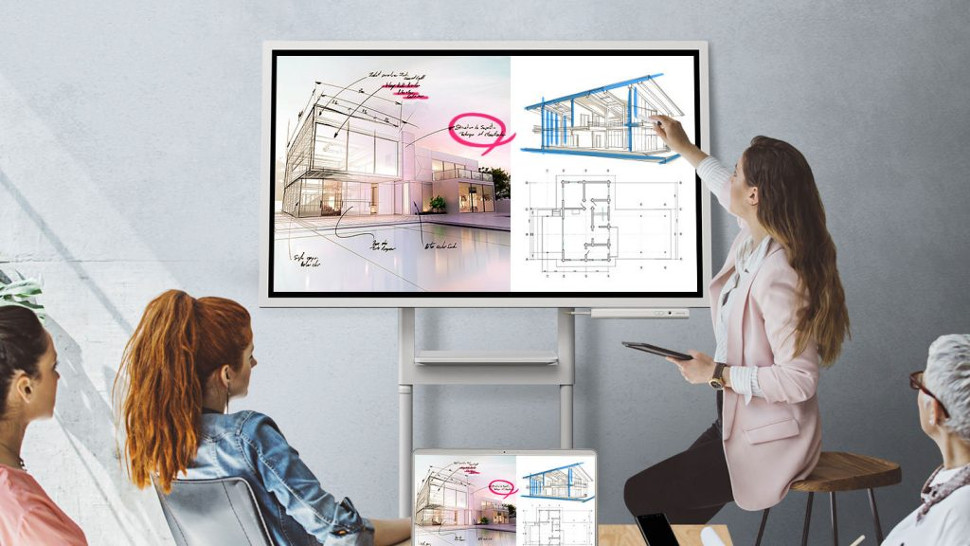
Main image: Technology such as Samsung's Flip digital whiteboard is already changing how meetings and presentations are conducted
In the last couple of decades technology has transformed how we work, with the internet, collaboration systems and increasingly smart hardware combining to dramatically alter the workplace.
From teleconferencing to always-on mobile internet, the workplace today's employees find themselves in is light years away from what their parents were familiar with.
As science fiction films have a way of reminding us, predicting the future can be tricky – but what could the office of tomorrow look like? Here are some of the changes we think will be coming to an office near you soon.
Teleconferencing
Other than the computers, tablets and other devices used by workers, perhaps the biggest leap forward in workplace technology in recent years has been in the way meetings are conducted.
Communication technology has rapidly advanced over the past decade, with patchy conference calls replaced by high-quality VOIP lines, and HD videoconferencing that allows face-to-face conversation with co-workers around the world.
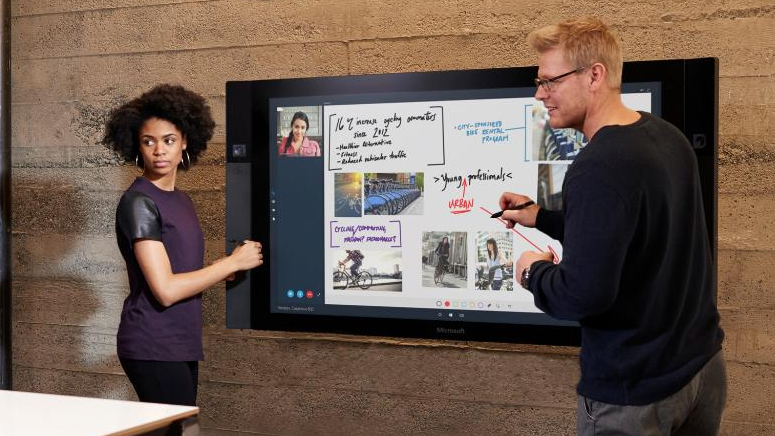
Microsoft staked its place as the leader in future conferencing solutions last year with the launch of the 80-inch Surface Hub screen, which can transform a boardroom into a multi-connected, smart meeting base.
The company says its device can revolutionize how a business works, allowing real-time in-depth collaboration on a scale unheard of before, and a second-generation Surface Hub 2 device is reportedly in the works already.
Sign up to the TechRadar Pro newsletter to get all the top news, opinion, features and guidance your business needs to succeed!
But it isn't just Microsoft looking to make your meetings more high-definition; Samsung isn't far behind, releasing its 55-inch Samsung Flip product earlier this year to also target the business collaboration market.
It's feasible then that the next few years will continue this development, with virtual reality and augmented reality becoming more and more involved. This could mean that soon you'll don a VR headset to be placed into a virtual meeting room with your colleagues around the globe, with presentations and discussions being displayed in more detail than ever before.
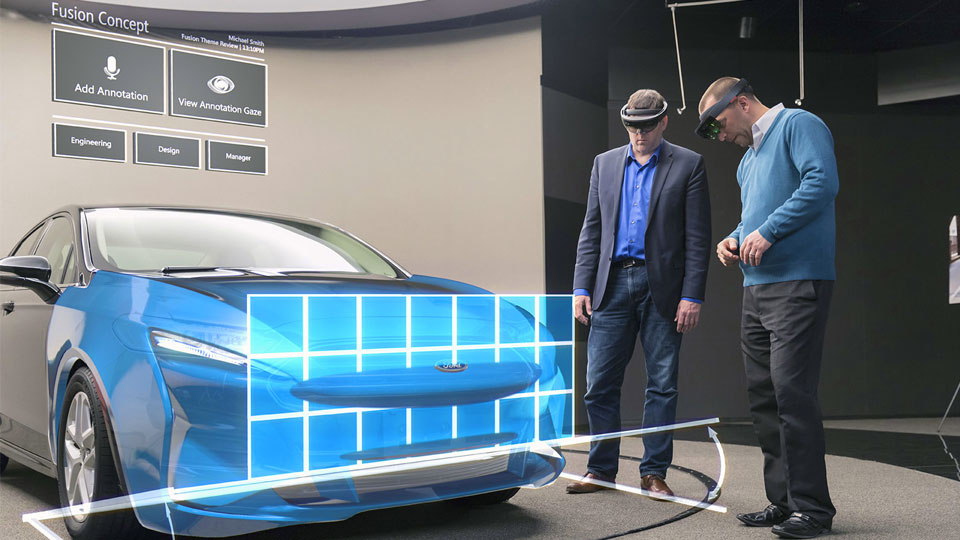
Collaboration tools
Improved connectivity has meant those of us in global businesses can now quickly and easily communicate with colleagues all around the world, without long delays or dropped calls. But as the future of business goes global, workplace technology has a crucial part to play in this as well.
We've already seen the likes of Microsoft 365 and Google's G Suite allow real-time editing and collaboration on documents, presentations, and discussions, but such platforms are still in their relative infancy.
Increasing integration with messaging services such as Slack can allow easier ways to bring in colleagues from separate offices, and allow you to dig out that crucial document with ease.
And as we mentioned above, holographic displays could allow you to partake in a virtual meeting with co-workers from all over the globe, and similar technology could allow you to use a stylus to quickly edit or change documents that are projected in mid-air, potentially meaning the end for the physical flipboard and marker pen.
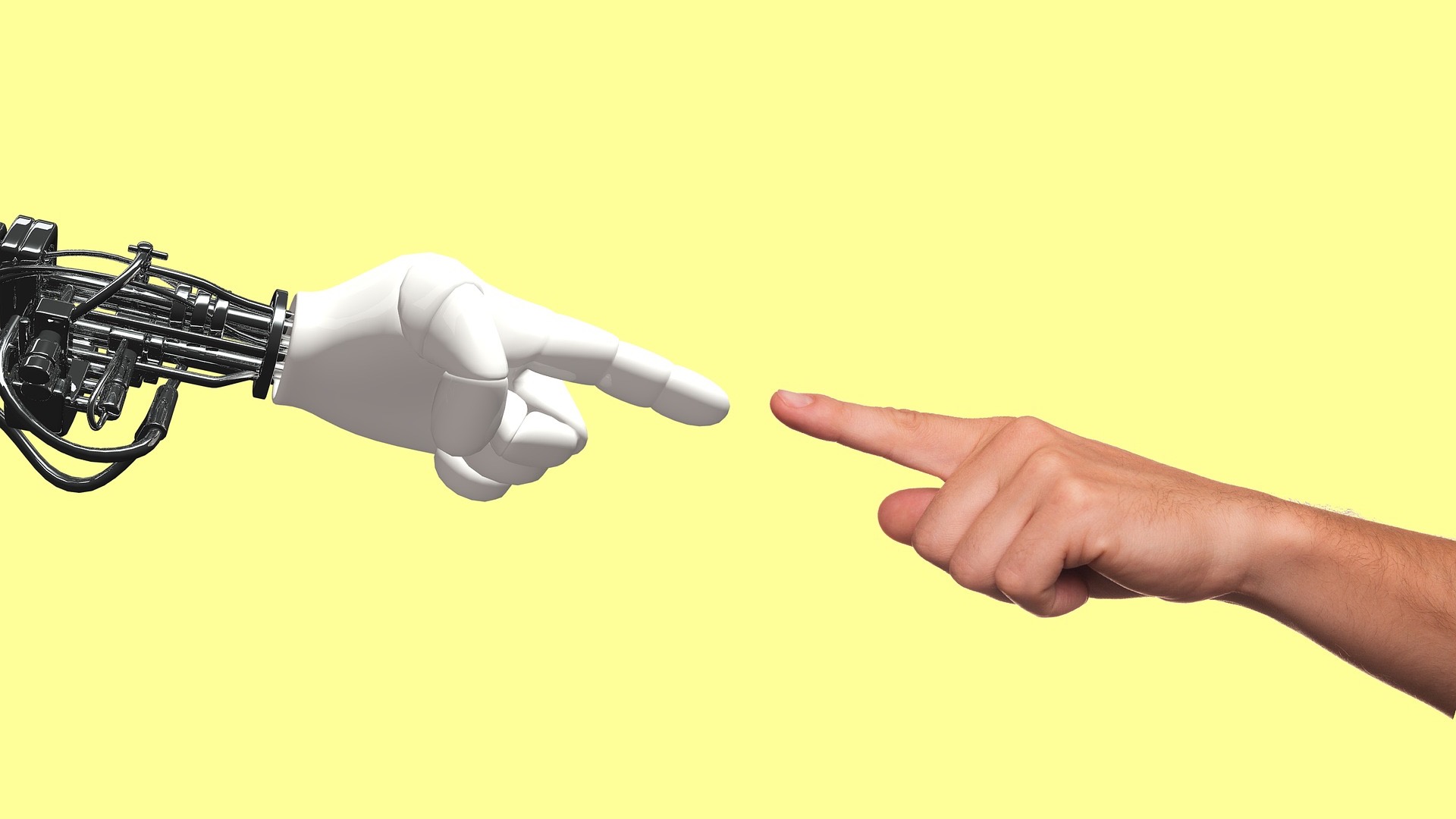
AI everywhere
While there's no shortage of doom-mongering predictions that AI will increasingly make human workers redundant, the technology could actually help to enrich our working lives in the near future.
AI has quickly spread into many facets of work, with the likes of image and voice recognition, autocorrect and bots in communication tools helping to increase productivity and improve efficiency in many organizations.
This trend will only intensify in the coming years, with machine learning and AI helping to make offices smarter, and more responsive to the requirements of the workers that inhabit them.
Your next receptionist could well be a robot, welcoming guests while sending you a message alert about their arrival, and directing them to your assigned meeting room.
The likes of Amazon's Alexa voice assistants are already starting to appear in some work environments as an extra personal assistant, and as such technology evolves it's set to help workers efficiently manage their workloads and ensure they never miss a crucial meeting.
Wellness
We've all seen reports of the latest eccentric Silicon Valley workplace trends, be it going down a slide to enter an office, bean bag meeting rooms, or employees sitting on exercise balls instead of chairs.
But it's a fact that healthy employees will be more productive employees, and ensuring comfort of workers will become an increasingly crucial aspect for businesses to consider.
Standing desks are already a common feature in many offices, and the humble office chair could soon evolve to mould to your individual seating position, allowing for a comfortable seating position that keeps employees happier.
Ergonomic mice and other accessories are also booming, meaning that the risk of workers contracting work-related injuries such as carpal tunnel are reduced, while screen filters than remove blue light or change according to the ambient lighting will help to reduce strain on employees' eyesight.
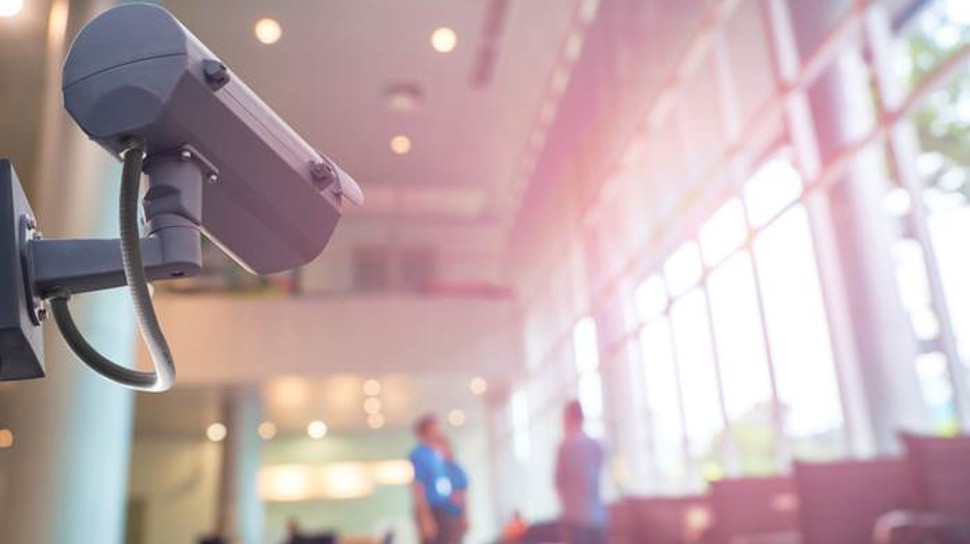
The IoT office
Meanwhile your office building itself is set to be transformed to reflect environmental imperatives. As more organizations come to appreciate the economic benefits of 'going green', they're increasingly turning to energy management and efficiency solutions, which include anything from solar panels on the roof to a vegetation walls and even in-office composting.
Many of us will already have encountered motion-sensitive lighting, which ensures the power doesn't stay on unnecessarily when no-one is around. But the use of smart energy meters and internet of things sensors will be able to monitor employee behavior and movement to detect when peaks times are, throttling energy usage around the building to ensure savings.
The rapid growth of the IoT means that your office may already be smarter than you think. Sensors embedded in the walls, ceiling and floors could be carrying out a multitude of tasks, ranging from detecting if a room is empty and turning of the lights, or monitoring the amount of rubbish in a bin.
For the current generation of office workers at least, it seems that technology is just as likely to make their jobs more pleasant and productive as it is to eliminate them.
TechRadar's Next Up series is brought to you in association with Honor


Mike Moore is Deputy Editor at TechRadar Pro. He has worked as a B2B and B2C tech journalist for nearly a decade, including at one of the UK's leading national newspapers and fellow Future title ITProPortal, and when he's not keeping track of all the latest enterprise and workplace trends, can most likely be found watching, following or taking part in some kind of sport.